Games
Game - Atomic Labs
Get hands-on with science investigations in Atomic Labs. Experiment and put your science skills to the test using Bunsen burners, test tubes and much more.

Electricity
What is electricity?
A quick guide, with video, explaining the concept of electricity and electric current.
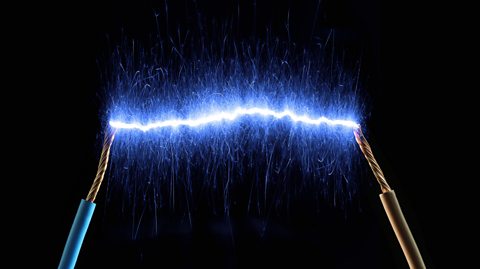
How to generate electricity
A simple, step-by-step, visual guide showing you how to generate electricity by spinning a magnet in a coil of wire.
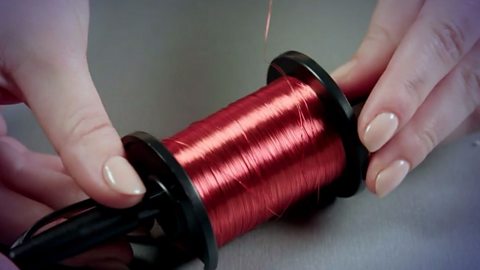
Static electricity
Objects can become positively charged or negatively charged. This is called static electricity. Find out more with 91热爆 Bitesize. For students between the ages of 11 and 14.
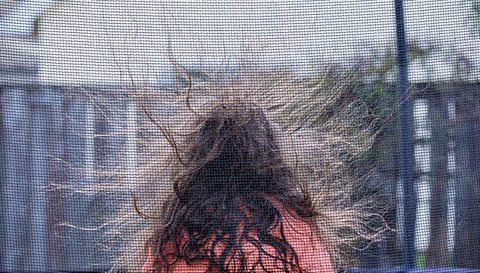
Electricity sparks and shocks
When charged objects discharge suddenly, an electrostatic spark is formed. Find out more with 91热爆 Bitesize. For students between the ages of 11 and 14.
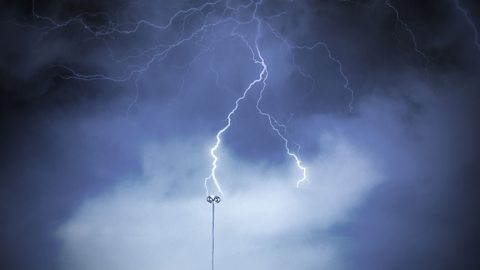
Conductors and insulators
Electrical current flows easily through a conductor, but does not flow through an insulator. Find out more with 91热爆 Bitesize. For students between the ages of 11 and 14.
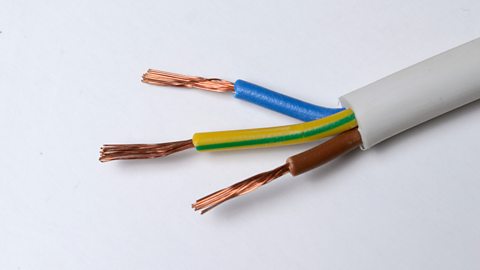
Introduction to circuits
Circuit diagrams use symbols to show how electrical components are connected in a circuit. Find out more with 91热爆 Bitesize. For students between the ages of 11 and 14.
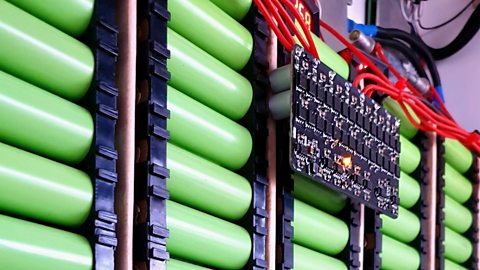
Models of circuit diagrams
Different models, like water in a central heating system, can help us understand electrical circuits. Find out more with 91热爆 Bitesize. For students between the ages of 11 and 14.

Series circuits
Electrical circuits can be connected in series, meaning all the components are in the same loop. Find out more with 91热爆 Bitesize. For students between the ages of 11 and 14.

Parallel circuits
In circuits connected in parallel, the components are connected on different branches. Find out more with 91热爆 Bitesize. For students between the ages of 11 and 14.
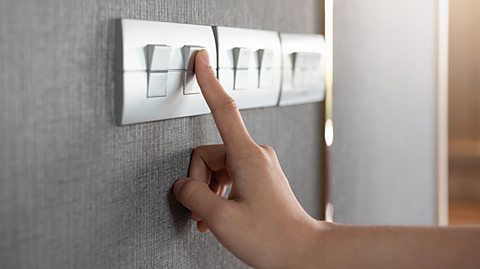
Electric current and potential difference
Learn how electric circuits work and how to measure current and potential difference.

Resistance
The more resistance there is in a circuit, the less current will flow. Find out more with 91热爆 Bitesize. For students between the ages of 11 and 14.
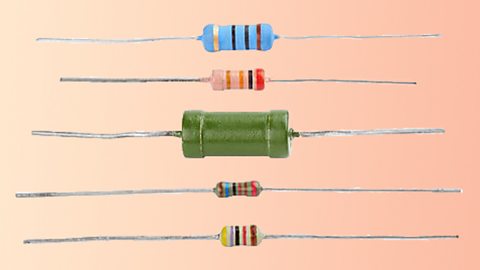
Electromagnetism and magnetism
Magnetism
Discover how invisible magnetic fields can be revealed using iron filings or a compass.
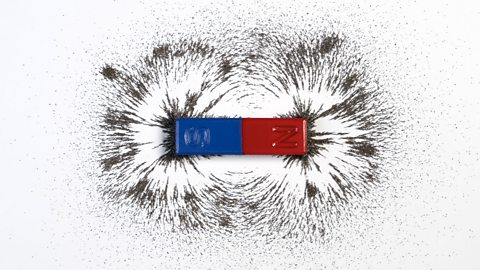
Electromagnetism
Find out how an electromagnet uses an electrical current to generate a magnetic field.
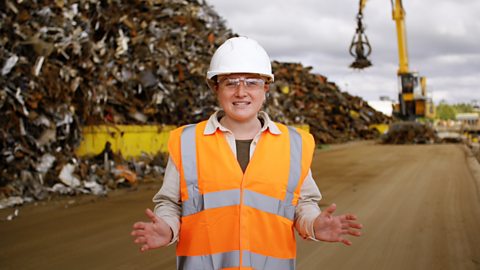
Magnets and magnetic materials
Certain materials feel a magnetic force. A magnetic force can be either attraction or repulsion.
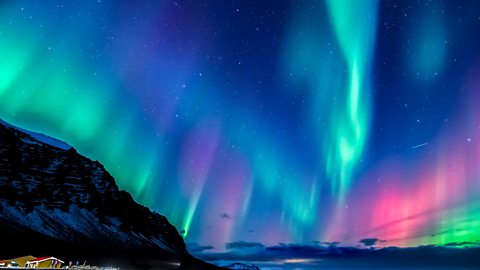
How to make a magnetic compass
Learn how to make a magnetic compass.
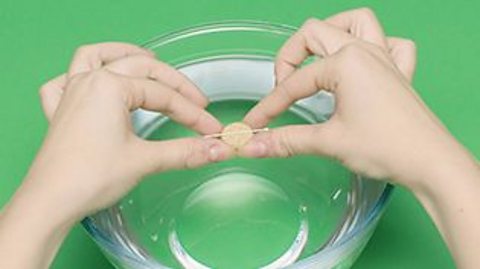
Energy
Energy in the home
Learn about the different types of energy in the home and how bills are calculated
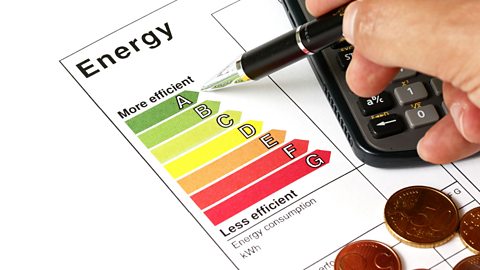
Generating electricity
Learn about the different ways that electricity can be generated from either renewable or non-renewable energy
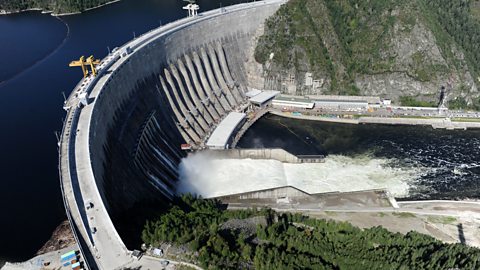
Energy stores
Learn about different energy stores and how energy transfers between different stores

Energy calculations
Learn about how equations can be used to calculate how much energy is stored.

Heating and cooling
Learn about heating and cooling and conduction, radiation and convection.

What is domestic energy?
Learn about domestic energy.
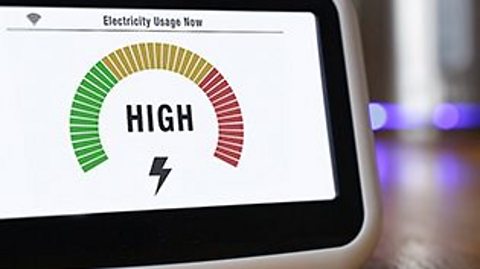
What is combustion?
Combustion is another name for burning. In a combustion reaction, fuel is burned and reacts with oxygen to release energy.
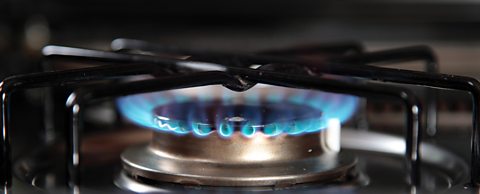
Forces and movement
Introduction to forces
Learn about the different types of forces and the difference between contact and non-contact forces
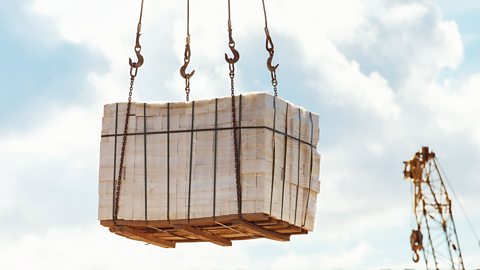
Pressure
Pressure is a measure of how concentrated a force is. The amount of pressure exerted on an object depends on the force applied and the surface area it is spread over.

Force diagrams and resultant forces
Learn about drawing and interpreting force diagrams. Find out how to calculate resultant forces acting on an object.
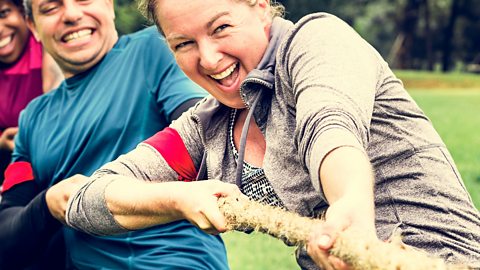
Motion and speed
Find out more about the difference between motion and speed and how to use the speed equation.
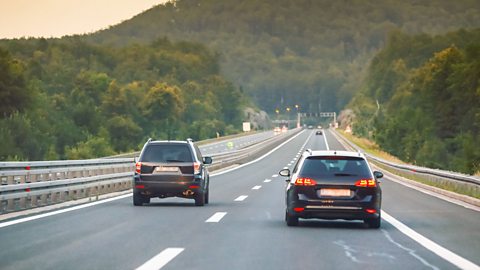
Representing journeys
Find out how to use distance-time graphs to describe a journey and to calculate speed.
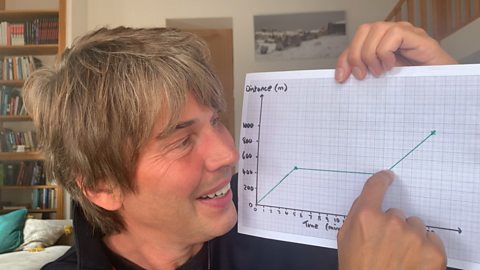
Weight and mass
Find out about the difference between weight and mass, how to explain why weight changes on different planets and how to apply the weight equation.
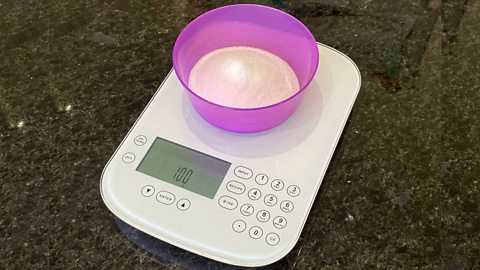
Friction
Learn how to identify different types of resistive forces and how to investigate the effect of friction.

Terminal velocity
Learn about the forces acting on an object in free fall and to describe how the motion of an object changes during free fall.
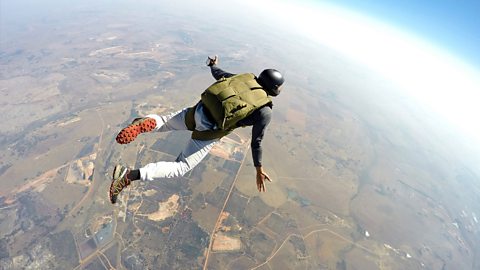
Energy stores and energy transfers
Learn about common energy stores and energy transfers and how to apply the work equation.

Moments
Learn about moments and pivots, apply the moment equation and identify common levers and applications of moments.

Hooke's law
Learn about Hooke's Law and about the spring constant of a spring as being the amount of force needed to extend a spring. Explore how to find the spring constant of a spring.

What is gravity?
Find out about gravitational forces which pull all objects together.
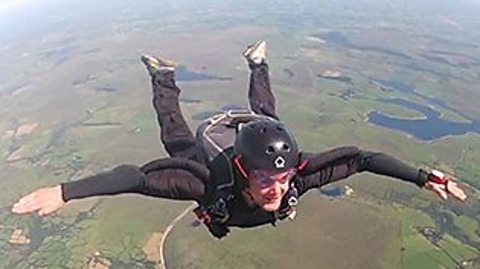
How to explain forces
Learn how forces work.

How to show the difference between force and pressure
Learn how to show the difference between force and pressure.

How to weigh a floating object without scales
Learn how to find the weight of a floating object.

How to show pressure exists in liquids
Find out how to show pressure exists in liquids with this step-by-step demonstration.
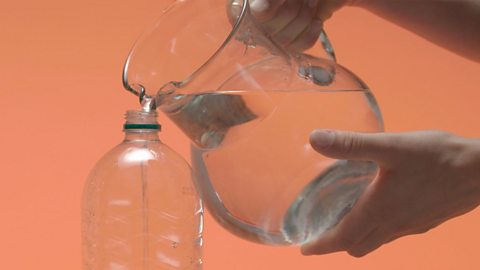
Inventions
Will robots take over the world?
Discussing whether robots will ever take over the world. Can you think like a scientist?
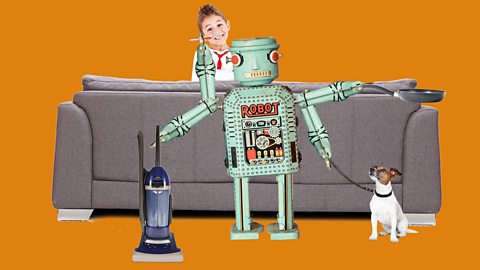
Should research into time travel be banned?
Discussing whether research into time travel should be banned. Can you think like a scientist?
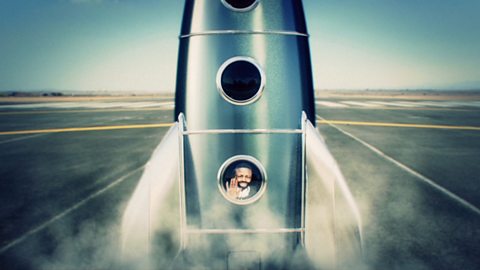
Solids, liquids and gases
Solids, liquids and gases
The arrangement, movement and spacing of particles are different in solids, liquids and gases. Find out more with 91热爆 Bitesize. For students between the ages of 11 and 14.
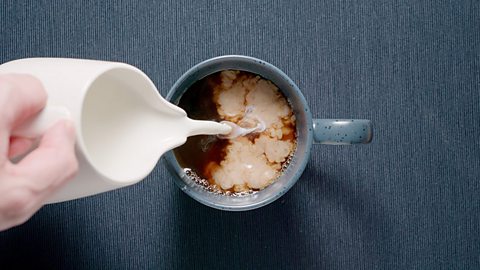
Changes of state
To change the state of a substance, energy must be transferred to or from the substance. Find out more with 91热爆 Bitesize. For students between the ages of 11 and 14.
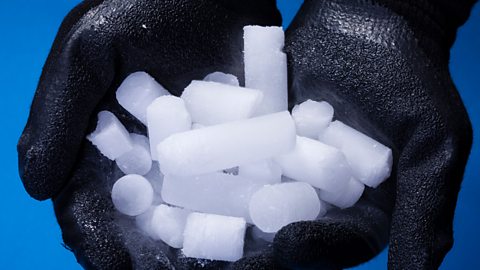
Pressure in fluids
Liquids and gases are both fluids. Fluids can flow or be poured, because the particles in them are able to move around freely and can change positions.
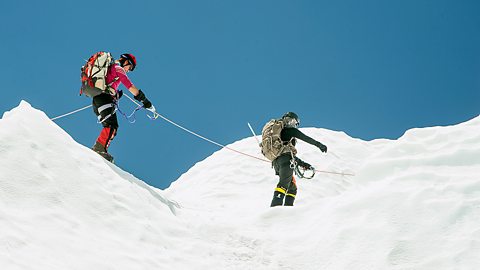
Densities of solids, liquids and gases
The density of an object is calculated by dividing the mass by the volume. Find out more with 91热爆 Bitesize. For students between the ages of 11 and 14.
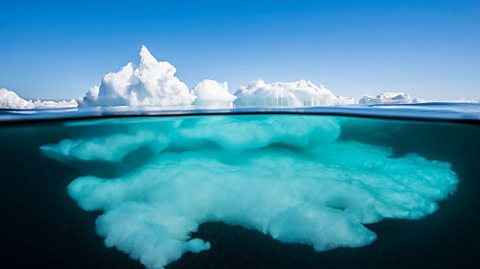
Space
Features of our solar system
The solar system is made up of the Sun and the objects that orbit around it, including planets, asteroids and comets. The Sun鈥檚 gravity holds all of these objects together.

The Sun as a star
The Sun is our nearest star. It is a yellow dwarf star and is found at the centre of our solar system.
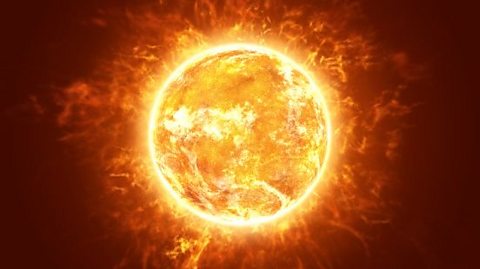
Days, months, years and seasons
Days, years and months are periods of time which are determined by the movement of Earth around the Sun, and the movement of the Moon around Earth.

Phases of the Moon
A Moon phase is the shape of the visible part of the Moon, and this changes gradually over the course of a lunar month.
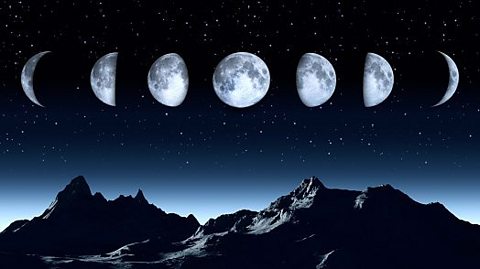
Light years
Scientists and astronomers often use units called light years to talk about the enormous distances to distant objects, such as stars and galaxies.

What are tides?
Find out from the RNLI (Royal National Lifeboat Institution) about how tides work.
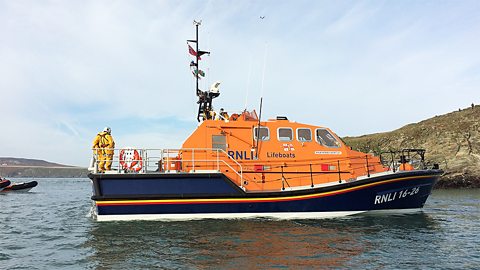
How to make a scale model of the Sun and the Earth
Find out how to make your own scale model of the Sun and the Earth.
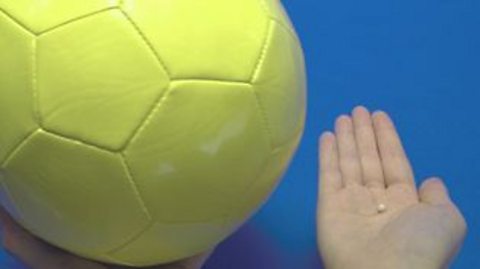
How to measure the strength of the Sun
A simple, step-by-step, visual guide showing you how to measure the strength of the Sun with a toilet roll.

Will a human ever be born on Mars?
Discussing whether a human will ever be born on Mars. Can you think like a scientist?

Think like a scientist
Faraday v Dalton - Who was the greatest scientist?
Find out about the two great scientists, Faraday and Dalton.
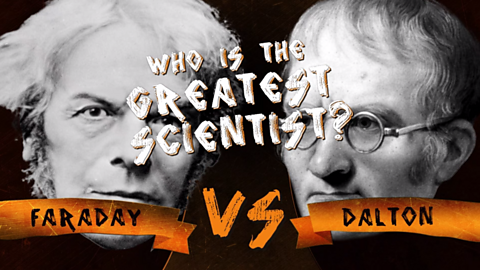
Waves
Features of waves
All waves transfer energy from one place to another. Examples of waves are all around us and include light, sound, ocean waves, radio waves, and radiation.
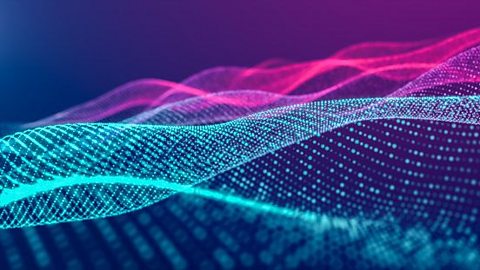
The electromagnetic spectrum
There are seven types of electromagnetic (EM) waves, which make up the electromagnetic spectrum. Different types of electromagnetic wave have different uses and dangers.

Ray diagrams and light transmission
Learn about how light is transmitted through different materials and how to create ray diagrams to show light transmission.

Reflection
Learn about the law of reflection, how to draw a ray diagram and the difference between diffuse and specular reflection.
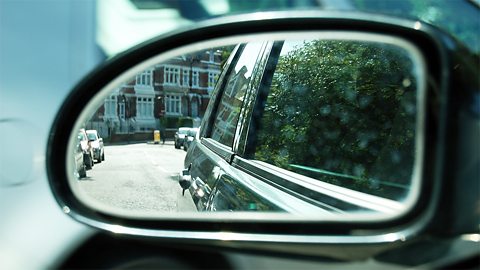
Refraction and lenses
Learn how light is refracted when it enters a material like water or glass, and how ray diagrams can be used to show the path light takes when it is refracted.
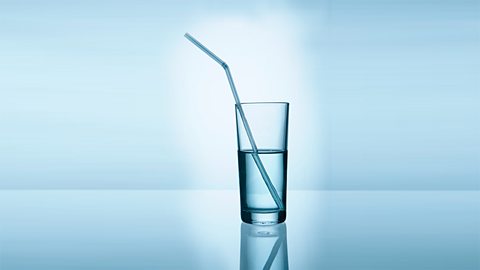
Cameras and the human eye
Learn about the features of the human eye, and how eyes and cameras both use lenses to focus light.and form images.

Observing waves in water
Investigate the motion of waves in water, what happens when waves are reflected, and the different types of wave superposition.
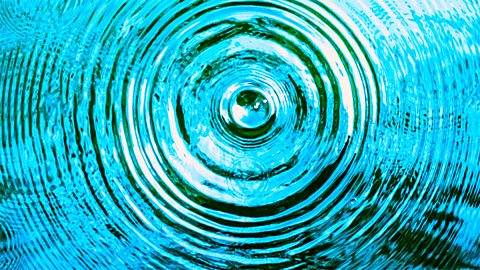
Visible light and additive mixing of light
White light is made up of many different colours, each with a different frequency. It can be split up to produce a spectrum containing all the different colours of visible light.

What is colour?
A photographer explains how he uses his knowledge of light and colour in his profession.
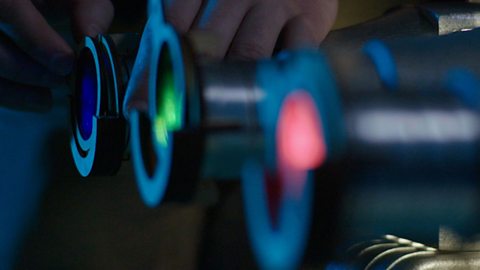
Colour subtraction, absorption and reflection
Learn how filters affect the light that can shine through them, and how light is absorbed and reflected by different colours of surfaces.
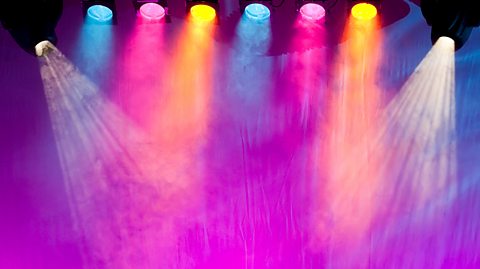
Introduction to sound waves
Identify the features of a sound wave and learn about pitch, frequency, amplitude and loudness.
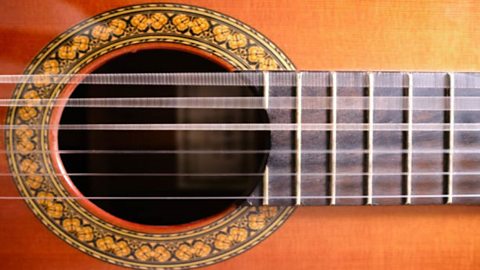
Speed of sound and echoes
Learn about the speed of sound in air and other states of matter, how an echo is made, and how we can calculate the speed of sound from echoes.
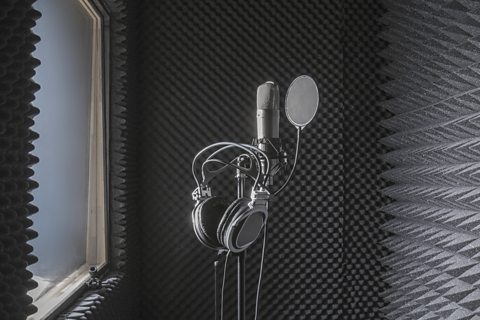
The human ear and sound waves
We can hear sounds because our ears turn sound vibrations from the air, into signals that are sent to our brain.

How to play a record with a 拢5 note
A simple, step-by-step, visual guide showing you how to play a record with a 拢5 note.
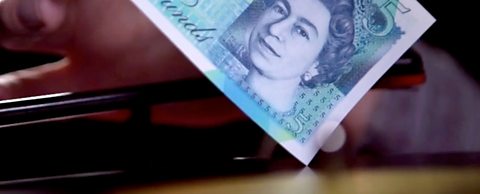
How to make a loudspeaker
A simple, step-by-step, visual guide showing you how to make a speaker from wire, a cup and a magnet.
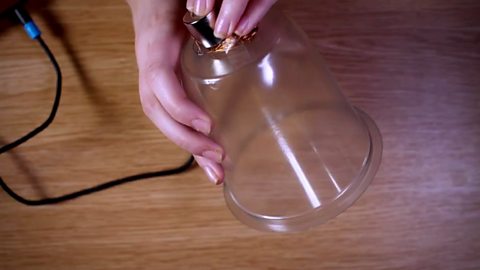
Working scientifically
Working safely in the lab
How can you work safely in the lab? What are the various steps needed in order to do so? How to spot risks, hazards and understand hazard symbols.
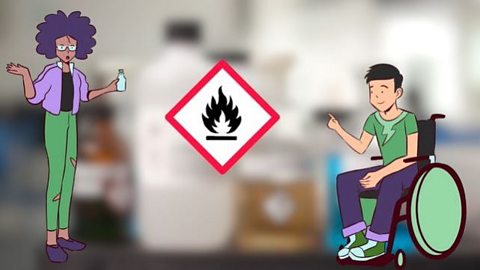
Variables
Find out why variables are important in an experiment, including control variables, independent and dependent variables.
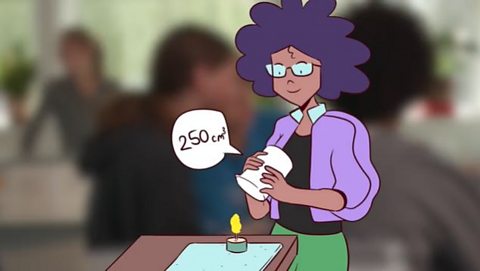
Writing a hypothesis and prediction
A hypothesis is an idea about how something works that can be tested using experiments. A prediction says what will happen if the hypothesis is correct.
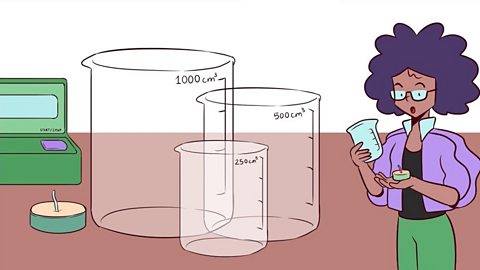
Planning an experiment
Developing a method is an important part of planning an investigation and it is important to evaluate the validity of each step leading up to the conclusion.
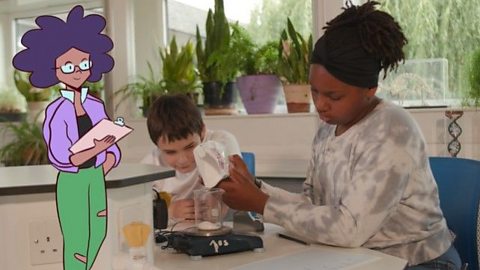
Maths skills for science
Scientific equations and formulae are used to work things out in science. Using standard units means scientists around the world can work together better.
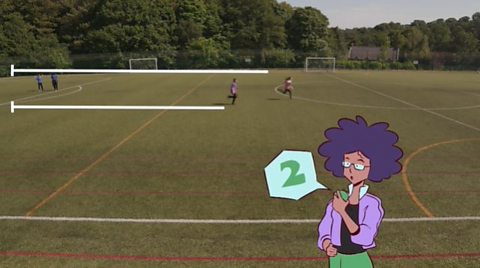
Drawing scientific apparatus
Use diagrams to show how scientific apparatus is set up and how to draw them in 2D. Common practical techniques that use apparatus include filtration, evaporation and distillation.

Observation and measurement skills
Calculating averages from data is usually more accurate than using one result. Using a table ensures that data is recorded in an organised way.
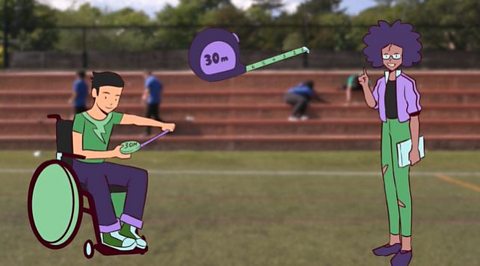
Types of data
Types of data include continuous, discrete and categoric. Data can be presented in a number of ways, which depends on the type of variable and the uses.
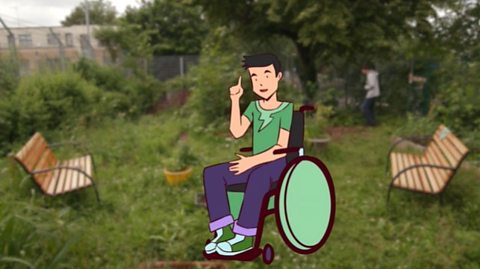
Graphs and charts
Different types of graphs and charts are used to show results. They need to be drawn and labelled correctly. Scientists use patterns in the data to reach a conclusion.

Conclude and evaluate
A conclusion sums up what has been found out during an investigation. It should be clearly structured and explained using scientific knowledge.
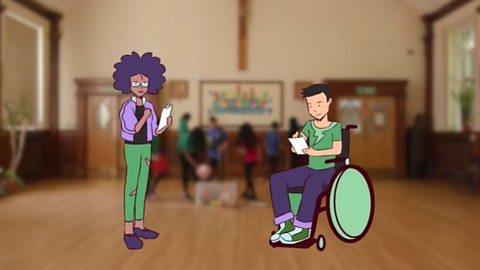
Bias in science
Scientific studies can be biased; it's important to recognise when this is the case. Scientists review each other's conclusions from new research.
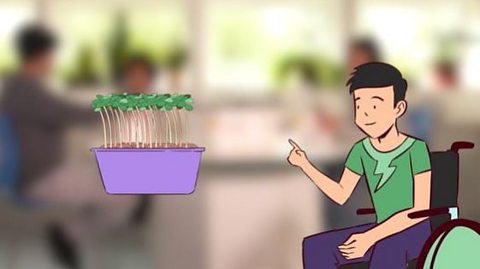
Links
- External linkExternal link
- External linkExternal link